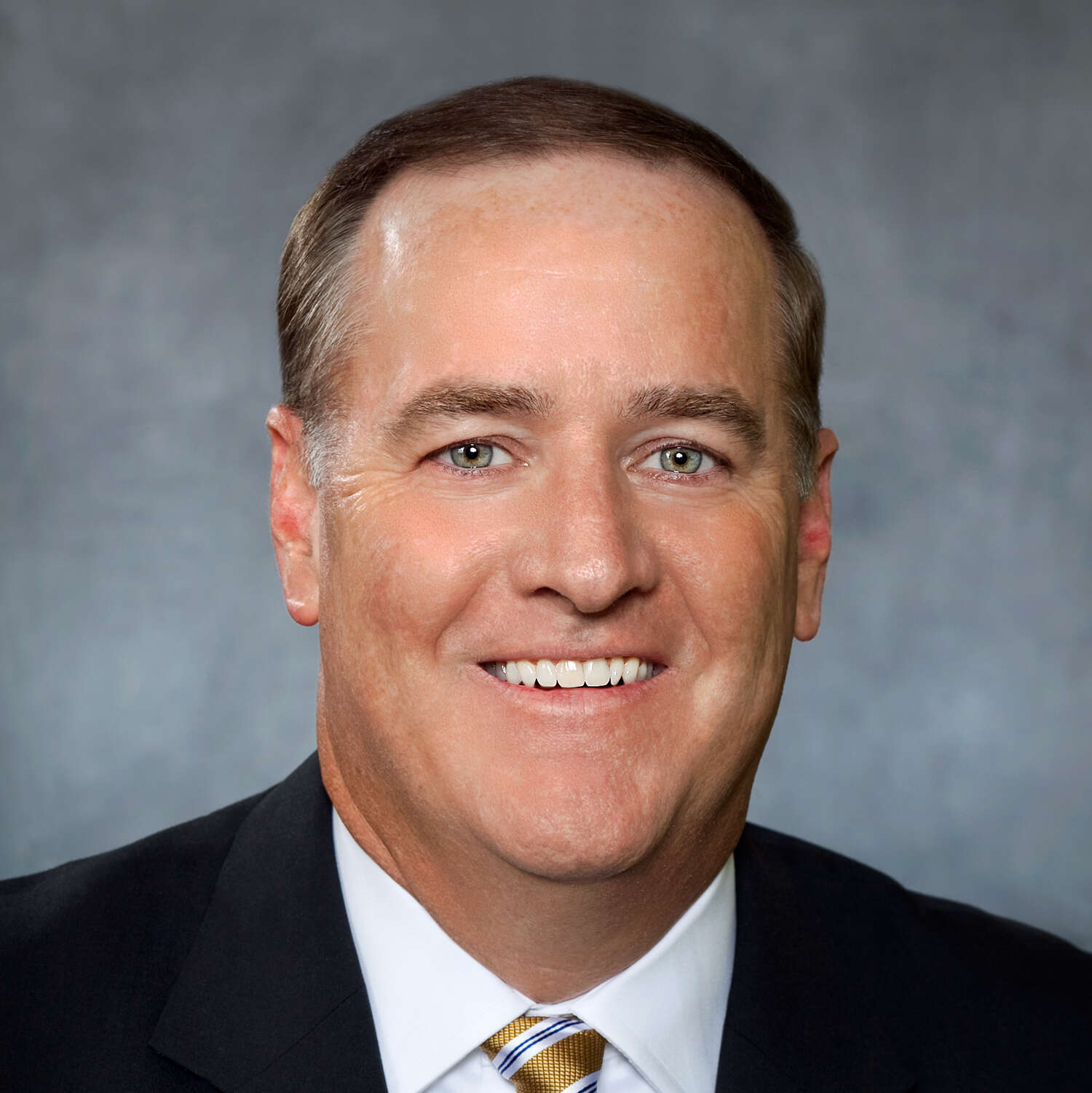The Emergence of Multi-Cloud
We're seeing a shift from which cloud to which workload goes to which cloud. This is really the basis of what we're talking about in terms of multi-cloud, choosing to use multiple public clouds to host your data and applications. Now, for government as an example, there's AWS gov cloud, there's Oracle's gov cloud, Microsoft Azure gov cloud, Google and IBM, and each of those clouds has its benefits. Choosing more than one avoids vendor lock-in, strengthens the security position and offers actual greater agility in the case of a particular outage.
Bill Rowan
Vice President of Strategic Alliances, Government, Education and Healthcare (GEH), VMware, Inc.
DevSecOps is going to be very important as well as training the workforce on how to look at things through a different way, meaning the business architecture, the data governance, the data processes, the policies, everything that govern the structure of building an IT infrastructure is requiring change.
Keith Nakasone
Senior Federal Strategist, Government, Education and Healthcare (GEH), VMware, Inc.
More than 10 years into the move to the cloud, many agencies seem to have settled into a hybrid approach.
But it’s only been in the last five years that agencies are fully grasping where public or private cloud services can help and why on-premise data centers remain important.
In fact, back in 2016, the General Services Administration issued a report on the benefits of this hybrid approach, saying this approach is beneficial for two reasons. First, it may help agencies sufficiently protect sensitive or classified data. Second, understanding the use case for the workload of the application and comparing it to the option of leaving software running as is or migrating to a combination of private and public cloud infrastructure.
Now five years later, agencies are focused on optimizing this hybrid environment and taking advantage of the agility and elasticity it brings.
The goal for many now is to find the right balance between their multiple environments to ensure applications and citizen services are as effective and efficient as possible.
Bill Rowan, the vice president for strategic alliances for government, education and healthcare at VMware, said between the pandemic and the changes in expectations by citizens and federal agency customers, the move to the cloud accelerated much more quickly than most expected over the past two years.
“Now, especially if you look at the upcoming [Defense Department’s] Joint Warfighter Cloud Capability (JWCC) procurement, we’re seeing a shift from which cloud to which workload goes to which cloud. This is really the basis of what we’re talking about in terms of multi-cloud, choosing to use multiple public clouds to host your data and applications,” Rowan said on the discussion Building a Multi-Cloud Strategy for Government sponsored by VMware. “Now, for government as an example, there’s AWS gov cloud, there’s Oracle’s gov cloud, Microsoft Azure gov cloud, Google and IBM, and each of those clouds has its benefits. Choosing more than one avoids vendor lock-in, strengthens the security position and offers actual greater agility in the case of a particular outage.”
Having all of these choices means agencies need a cloud management platform to manage workloads, data and security risks. Rowan said having such a tool means agencies can ensure consistency across their workloads without losing any of the speed, control and agility.
Keith Nakasone, a federal strategist at VMware and former deputy assistant commissioner in GSA’s Federal Acquisition Service’s Office of the IT Category, said agencies have to analyze their use cases and ensure the workloads are in the right cloud. He said this becomes even more important as agencies take advantage of innovations such as artificial intelligence and machine learning.
“The reality is the cloud service providers, like any other technology provider, are constantly trying to improve themselves, whether from a performance standpoint, whether it’s from a usability standpoint. An agency may determine that X application is going to run best in this particular cloud provider. But they need to have the flexibility that a year down the path, another cloud provider, may very well done some innovation that allows that application to run more efficiently someplace else, or at least we should have the flexibility to be able to do that,” Rowan said.
He added that is why using innovations like containers or Kubernetes can ensure both consistency and portability between cloud services.
Another benefit of Kubernetes and containers is it makes developing new capabilities easier, particularly through a DevSecOps process.
“DevSecOps is going to be very important as well as training the workforce on how to look at things through a different way, meaning the business architecture, the data governance, the data processes, the policies, everything that govern the structure of building an IT infrastructure is requiring change,” Nakasone said. “When we look at the technology we have to look at it from a holistic view of seeing what part of the businesses need to change along with the technology to be able to leverage and maximize the efficiencies that technology is building for us.”
Nakasone added another issue agencies need to address is how to pay for cloud services. GSA has been working on a new internal policy to make it easier to “pay by the drink” for cloud services.
“The number one thing that we need to do is look at this as an organizational change that that we have to look at the whole ecosystem in order to make this happen,” he said. “As we move forward and to move acquisitions along, we’re going to have to be a little bit more flexible, agile and not be 100% prescriptive, but you know, have a little bit more agility within the construct of acquisitions.”
Rowan added as agencies and industry continue to look for the next innovation, the cloud service providers must provide that marketplace of ideas and tools.
“I think that’s the real exciting part. It’s not just the fact that we we’ve built these clouds, and we’re spending less for infrastructure services, but we’re allowing constant innovation along line as well,” he said. “That constant of innovation, that constant looking for ways to provide greater agility and more flexibility and speed to mission for the constituents of which they serve, that’s the really exciting part. That’s where I see the workforce of the government being just as innovative as any enterprise out there in the United States.”
Listen to the full show:
Copyright
© 2025 Federal News Network. All rights reserved. This website is not intended for users located within the European Economic Area.








